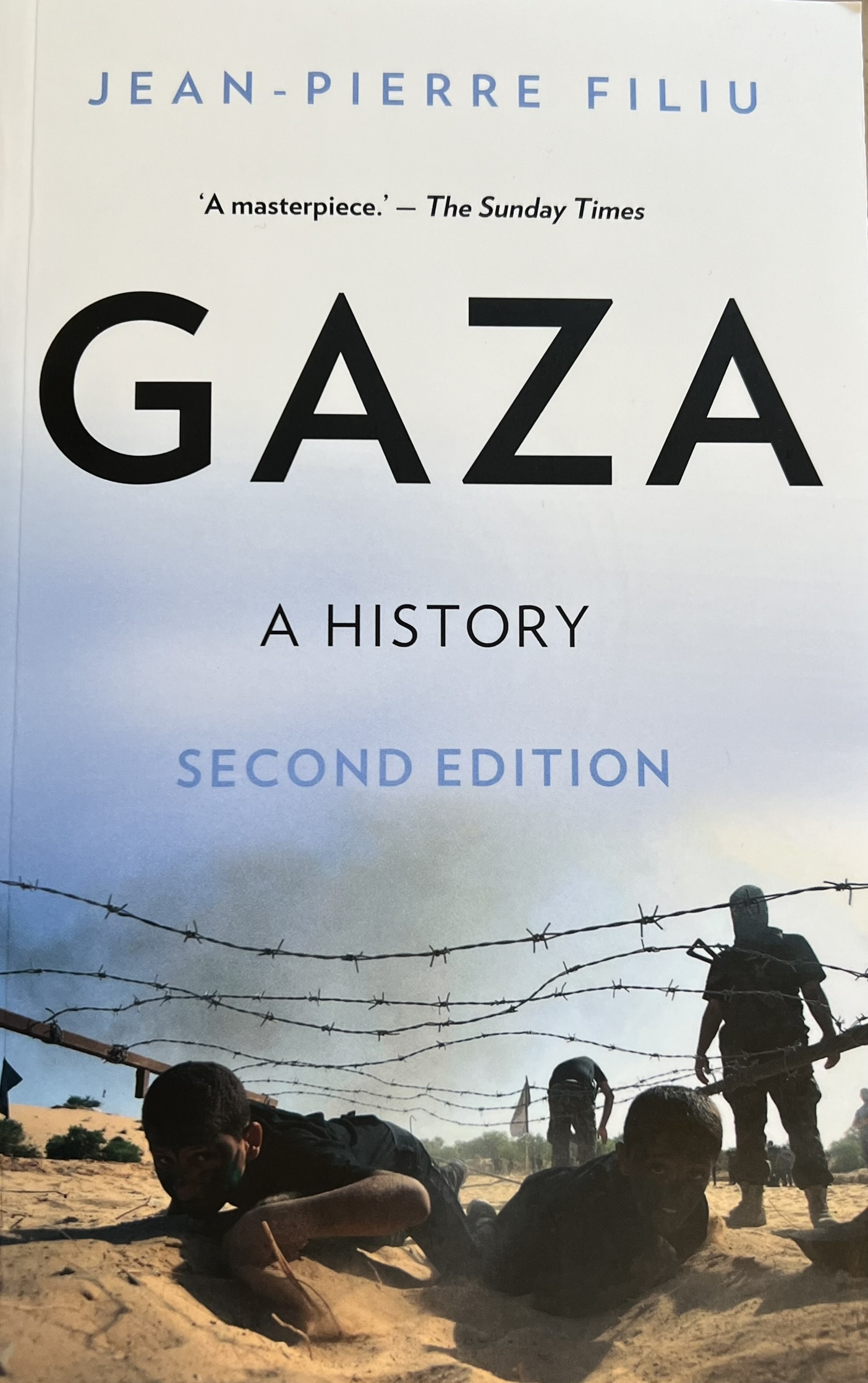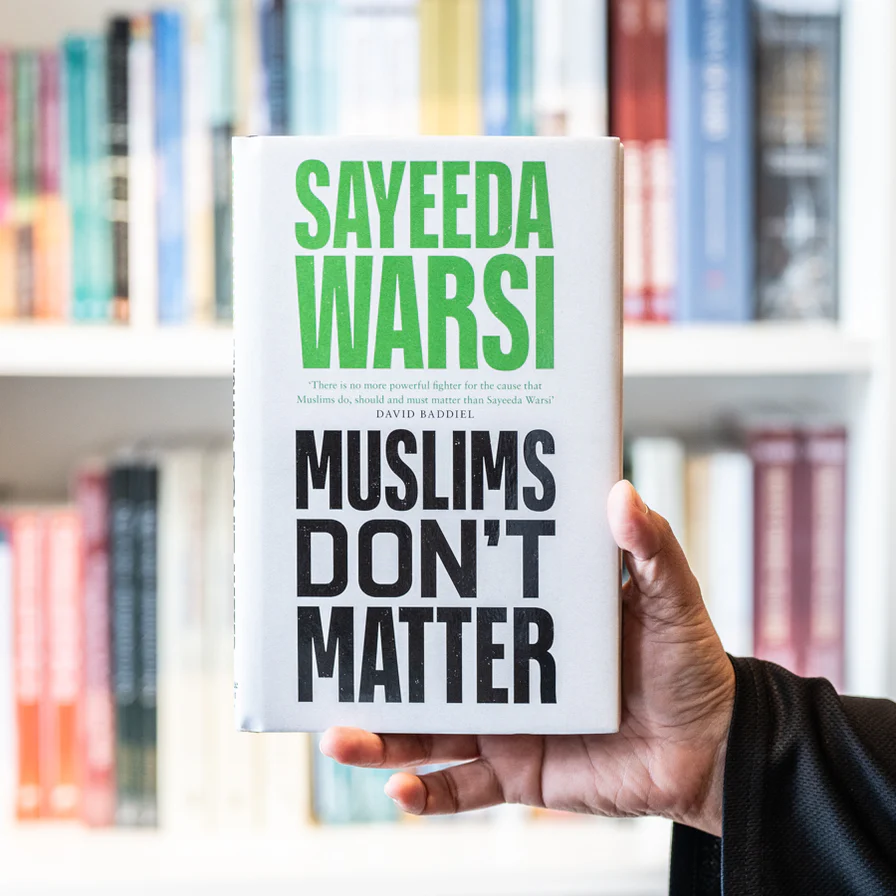In April 2010, Baloch guerilla commander Dr Allah Nazar gave a ceremonious reception to Jagoo at a Balochistan Liberation Front’s (BLF) camp in Balochistan’s Awaran district. Those BLF fighters, who hadn’t seen Jagoo before, gossiped in hushed tones about his identity.
“He fixed a machine gun. A bullet had been stuck inside the gun and it’d been out of order for months. But he fixed it right then and there,” said Imran*, who was present at the camp.
“It’s a fucking brilliant weapon. If I had one, I could fight a whole military battalion on my own,” Jagoo remarked in a hoarse voice, observing the machine gun with lustful eyes.
According to BLF’s security protocol, names of guests at its guerilla camps are not revealed. However, Jagoo happily revealed his identity after a few hours. Soon the camp was abuzz with the news that notoriously fearless guerrilla fighter from the Makran region was visiting.
“Is it a computer?” he asked Imran who was installing software on Dr Nazar’s laptop. “I hear our photos are all over computers. Can you show me my photo?” he requested. Imran tried to explain to him that one needed Internet connection to search for photos, but to no avail.
Mohammed Bux alias Jagoo had been just another drug addict in Balochistan’s Kech district until 2003 when he joined the Baloch separatist fighters, locally known as sarmachars. Because of his fearlessness and reckless behavior, he soon rose to fame as a dreaded guerilla fighter.
“His bravery came from his recklessness. He’d never follow rules,” said Amin*, who trained with Jagoo at BLF’s Makran camp. “For example, the camp commander had prohibited everyone from riding animals. They were only supposed to transport weapons, especially rockets. One morning, the camp commander gave a fiery speech on animal rights. The same evening, he saw Jagoo riding on the neck of a donkey carrying rocket launchers on its back.”
As Jagoo couldn’t fit in the BLF’s discipline, he formed his own group: Balochistan National Liberation Front (BNLF).
Jagoo belongs to a new breed of Baloch guerilla fighters: those beyond anyone’s control. For the first time in Balochistan’s history, the nationalist movement is not being controlled by tribal chiefs, or even by the much-hyped middle-class leader Dr Nazar, the head of the BLF. The Baloch have fought five wars against Pakistan security forces since Balochistan’s forcible annexation in March 1948. But the previous four insurgencies had been fought in the isolated tribal areas of eastern Balochistan.
“Previously, the insurgencies were led by tribal elders. Tribesmen would pick up arms at the behest of their sardars (chiefs) and lay them down when sardar said so. But this time leadership rests with an educated middle class whose participation is based on ideological grounds, and not tribal allegiance,” said a Baloch writer on condition of anonymity.
Pakistani officials have repeatedly claimed that only a handful of sardars were stirring unrest in Balochistan. However, massive political gatherings and active participation of the educated youth in the urban centers tell another story.
“This time Makran region is on the forefront and that changes everything. Tribalism died long ago in Makran, and the participation of Makran’s people in the armed struggle is not because of tribal allegiance but nationalistic sentiments,” said the same writer.
The man who organized BLF in Makran is Wahid Kambar, who belongs to a modest family in Kech district. He was a Baloch Students Organization leader and studying in Karachi University when the first Baloch nationalist government was toppled by Pakistan’s central government in 1973. In reaction, Mengal and Marri tribesmen, led by their chiefs, took up arms. Wahid Kambar left his education and joined Marri tribesmen in their fight against Pakistan military. After the insurgency was crushed, he took refuge in Afghanistan along with other Marri tribesmen. He returned in 1988.
“After his return, he ran a pharmacy in his hometown and never mentioning his plans to organize an armed separatist group,” one of his relatives said.
In 2001, he held secret meetings with nationalist leaders. Two of his main confidants were: Dr Allah Nazar, a BSO leader, and Ghulam Mohammed Baloch, the vice-president of the Balochistan National Movement (BNM). Dr Nazar eventually formed his own faction of BSO and Mr Baloch formed a political part to openly advocate for an armed struggle for an independent Balochistan. Meanwhile, Wahid Kambar was recruiting political cadre for BLF from Dr Nazar’s BSO-Azad and Mr Baloch’s BNM.
BLF, mainly operating in strategically important Makran, soon became the second most important separatist group in Balochistan after Baloch Liberation Army (BLA). Hairbiyar Marri, son of veteran nationalist leader Khair Bakhsh Marri, reportedly provided logistic support in the establishment of the separatist movement in Makran.
Initially, the Pakistani military responded to the movement for Balochistan’s independecnes by carrying out targeted attacks against hardcore guerrilla fighters and important political leaders. Nawab Akbar Khan Bugti, Balach Marri and Ghulam Mohammed Baloch were target-killed. However, since 2010, the military has started a kill-and-dump operation in Balochistan, targeting even the supporters and sympathizers of the Baloch separatist movement. More than 500 Baloch political workers, writers, journalists, family members of guerilla fighters and others have been killed since 2010, according to human rights groups.
Jagoo has perhaps suffered more personal losses than any other nationalist leader.
On May 22, 2011, paramilitary personnel raided Jagoo’s family compound in Nasarabad and whisked away his younger brother Khalid alias Tailor, elder brother Ghulam Qadir Baloch and nephew Mazar Baloch. Next day, on May 23, the bulled-riddled body of Khalid was found dumped in Murghap (It is a hilly picnic point near Turbat city. The place has got the status of a national monument for Baloch political activists because of repeated dumping of kill-and-dump victims at this place. The body of the first victim of kill-and-dump, Ghulam Mohammed Baloch, was also found there in April 2009.) A letter had been left in his pocket, warning Jagoo to surrender or else his other brother and nephew in custody would be killed in the same manner.
On December 27, 2011, the body of Ghulam Qadir was found dumped on a roadside in the coastal city of Pasni. He had been a schoolteacher in his hometown of Nasarabad. Jagoo’s nephew, Mazar Baloch, is still missing.
On July 7, 2011, FC forces picked up Jagoo’s other brother, Noor Bakhsh, in another raid on his house. Noor Bakhsh’s body was found dumped on July 14 in Kech’s Meeri village. He had been a driver at a government hospital in his hometown.
Noor’s 10-year-old daughter committed suicide after hanging herself with her scarf on April 5, 2013. She had been terrified by consistent raids on their house and killings of family members. When Jagoo’s 22-year-old daughter saw her cousin hanging, she died of cardiac arrest.
On December 15, 2011, Jagoo’s son Beebagr Baloch and nephew Shayhaq Baloch (Noor Bakhsh’s son) were killed in an ambush with security forces in the Balgatar area.
Despite the personal losses, Jagoo remains undettered. “They can kill more, but I won’t give up. Even if Allah Nazar and Hairbiyar decide to surrender, I’ll keep on fighting,” said Jagoo.
Fighters like Jagoo are no longer controlled by a handful of Sardars or leaders. They operate in small groups, are ideologically motivated and are hardened by the repressive policies of the FC such as kill and dump.They vow to “fight until either Balochistan is liberated” or they die.
*Names changed because of security reasons.


